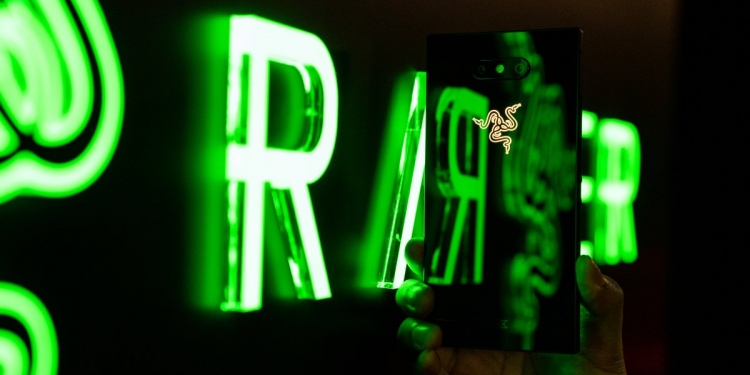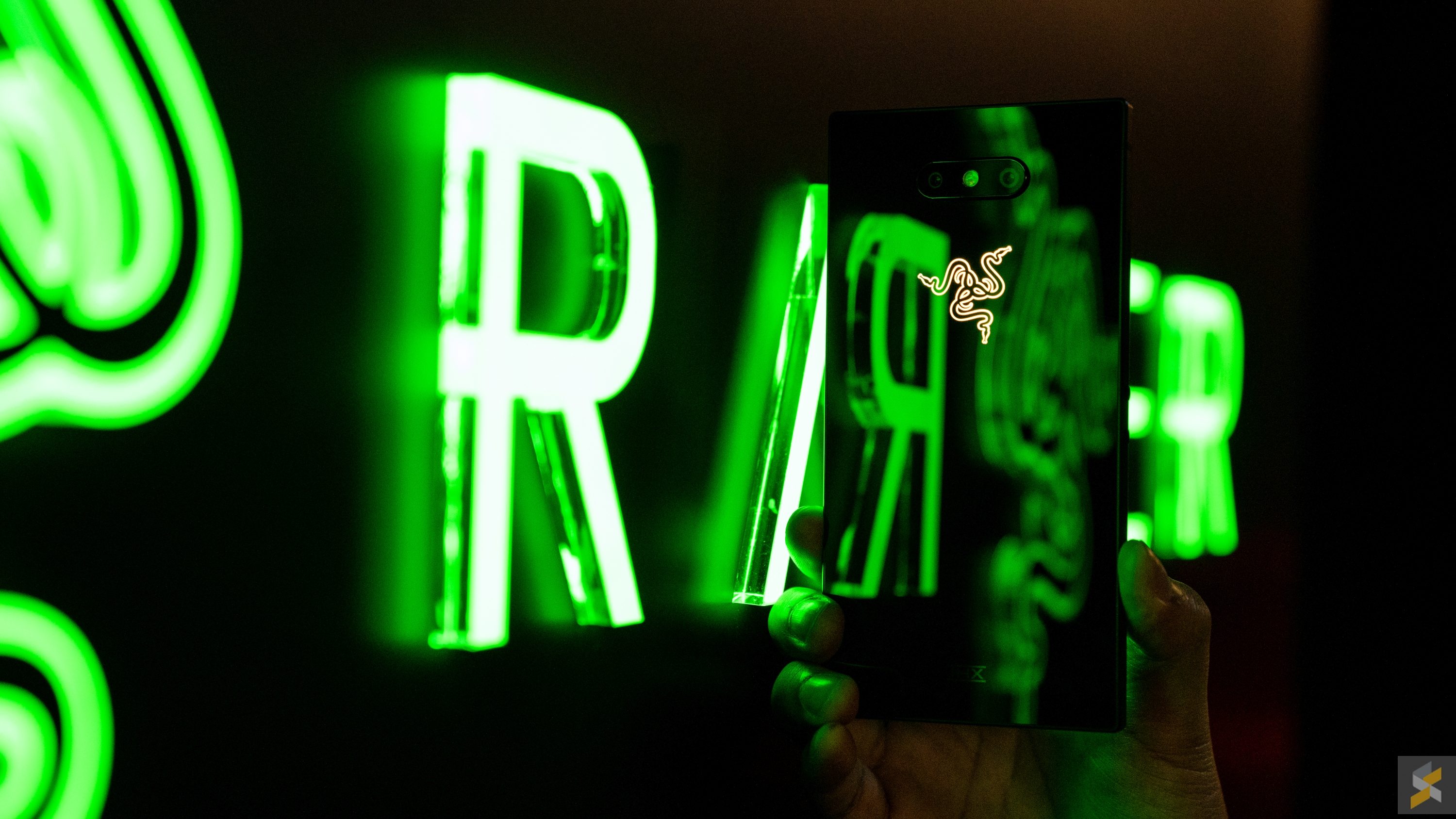
I’ll be honest, I wasn’t particularly psyched for the “gaming smartphone”. Call me a traditionalist, but I’d much rather drop napalm on fools using my desktop PC than on some tiny smartphone display with unintuitive touchscreen controls. But, there was one smartphone that reshaped my perspective on this topic. One device that made me believe in the future for mobile gaming.
That device is the ASUS ROG Phone. While the “gaming phones” before it were more like regular phones with gaming stickers, the ROG Phone felt like the first true smartphone that was built from the ground up to be a gaming device. And it made all the difference to me. You could see the subtle tweaks and thoughtful inclusions that really demonstrated their understanding of what a mobile gamer needs — and I loved that even though I wasn’t one myself.
But, when the ROG Phone launched in Malaysia, there wasn’t much in the way of competition for it. Neither the Razer Phone nor the BlackShark phone were officially available, so there wasn’t much for me to compare it to. Well, that is, until now. Because now, Razer’s throwing their hat in the ring with the Razer Phone 2.
If you’ve been following Razer, you’ll know that this is actually the second smartphone Razer has launched after acquiring smartphone maker Nextbit. And, in true Razer fashion, it continues the original device’s legacy of being a gaming-centric flagship smartphone.
In case you didn’t already know, Razer’s original Razer Phone grabbed quite a few headlines when it launched. While part of it was simply because Razer finally had a smartphone that you could buy, a lot of it was also about the handset’s excellent performance and its crown jewel — the 120Hz Quad HD display. But, a lot has changed since then, so the question we need to ask now — and the one I will attempt to answer — should you care about the Razer Phone 2?
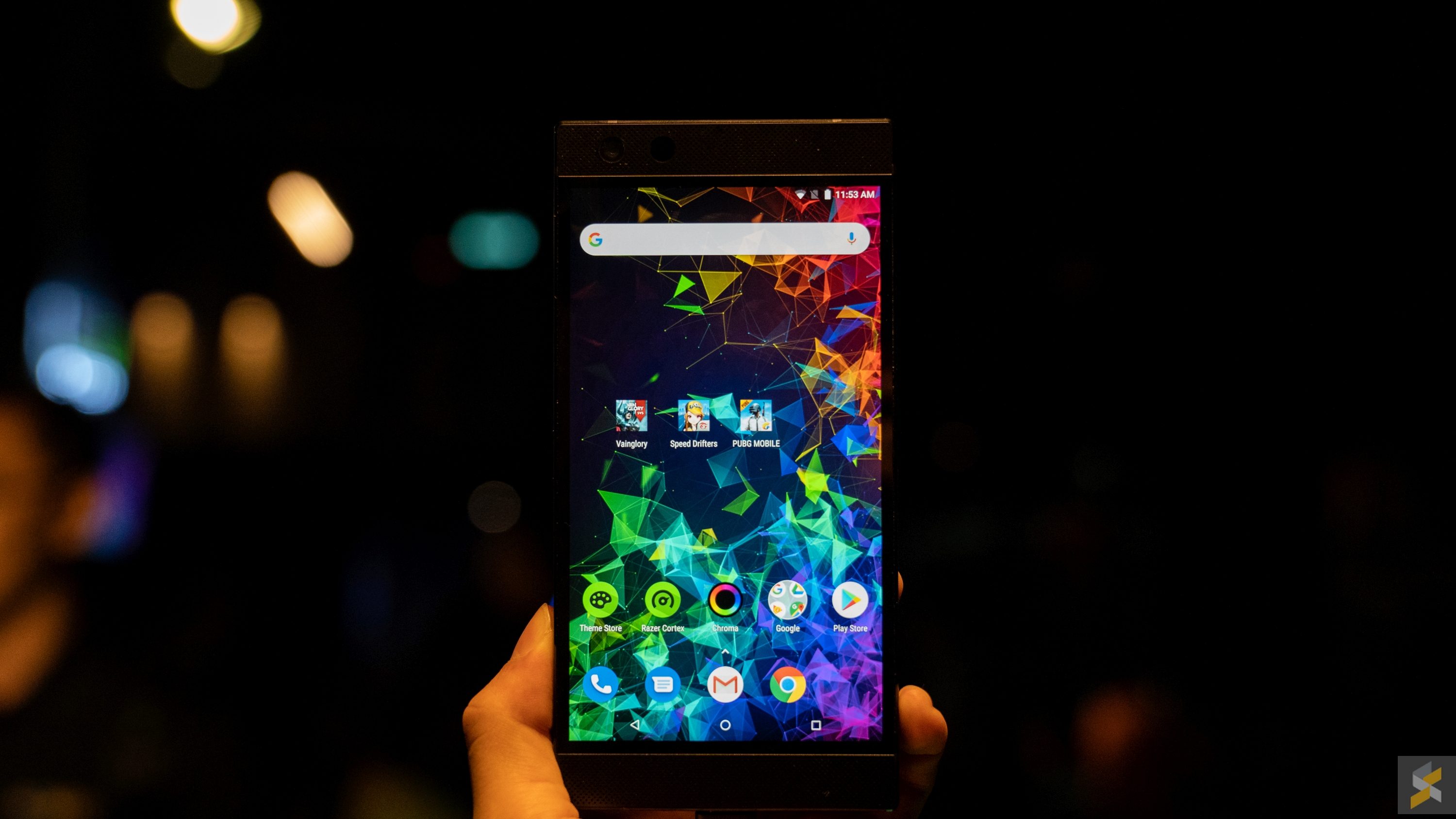
Despite being a 2018 smartphone that’s launched in 2019, there is still a lot to like about the Razer Phone 2, and I’ll start with the performance components. Powering this device is a flagship-class Snapdragon 845 processor that’s mated to a generous 8GB of RAM. Yes, the Snapdragon 845 isn’t quite as 2019 as some of you may like, but it’s also no slouch so you shouldn’t go into this expecting a really laggy experience. It also packs a large 4,000 mAh battery so you should be getting solid battery life out of it. The biggest weakness when it comes to its internals though, is the fact that it only comes with 64GB of storage in Malaysia. Honestly, that’s kind of sad especially when you consider the fact that its rival — the ROG Phone — has 128GB of storage as standard.
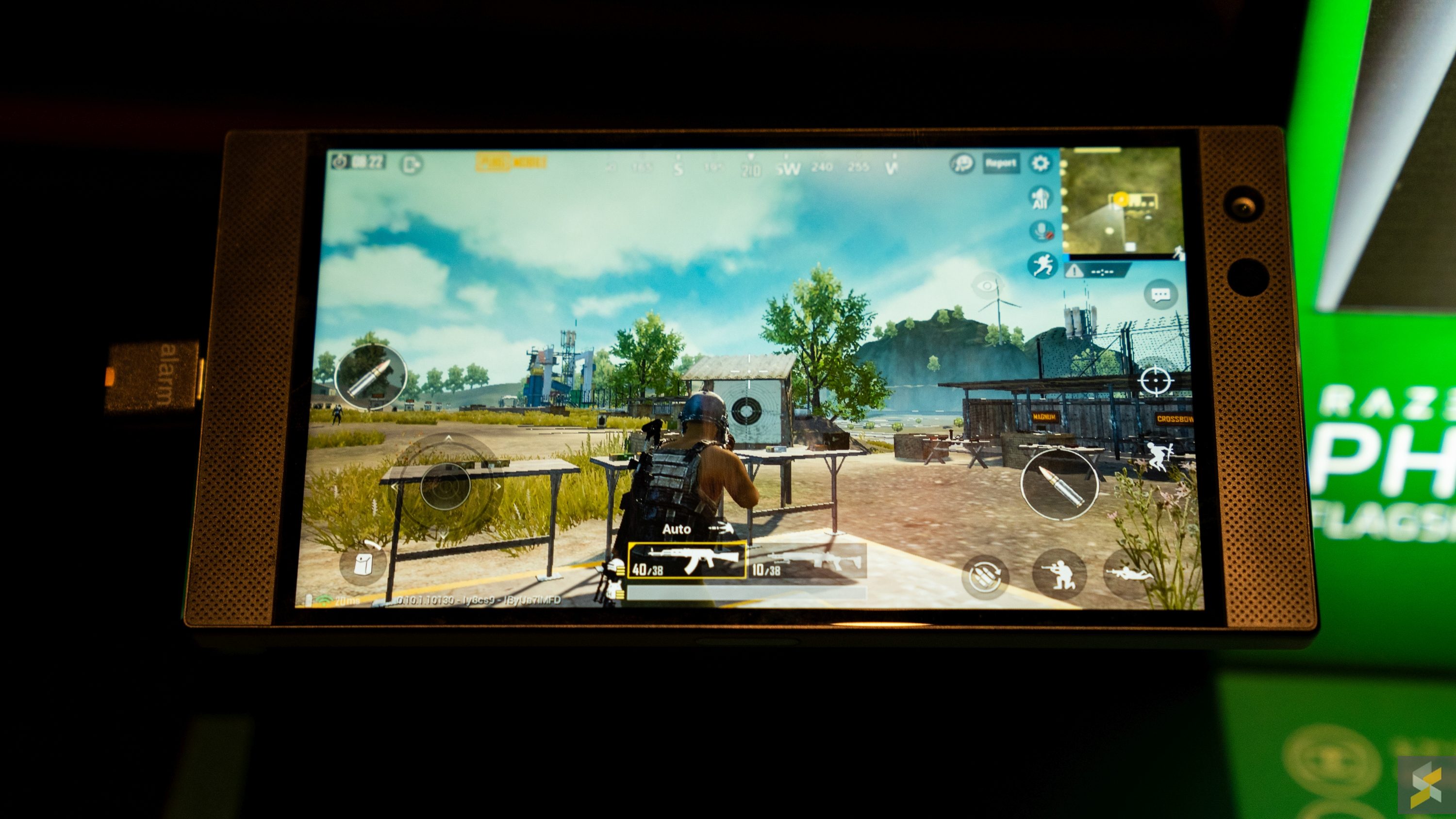
That said, the Razer Phone 2 does have its trump card to rely on: That 120Hz Quad HD display is something special. It’s hard to describe how swiping around on a 120Hz display feels like, but my best summation is that it feels amazing. It feels buttery. It feels like the phone is faster than it probably is, and that’s a good thing. The panel itself is an IPS panel so you don’t quite get the super dark blacks of an OLED, but I have to say that it is a really nice-looking panel. Sharp, bright and super responsive.
However, the most awkward thing for me to get used to was the 16:9 aspect ratio. It felt like a retro throwback moment that I didn’t really need to have with a 2018/2019 smartphone, and I’m not sure how I feel about it. I was immediately reminded just how wide and difficult to hold the smartphones of old were even with a display that measures just 5.7 inches diagonally. And the Razer Phone exacerbates this by being incredibly unergonomic.
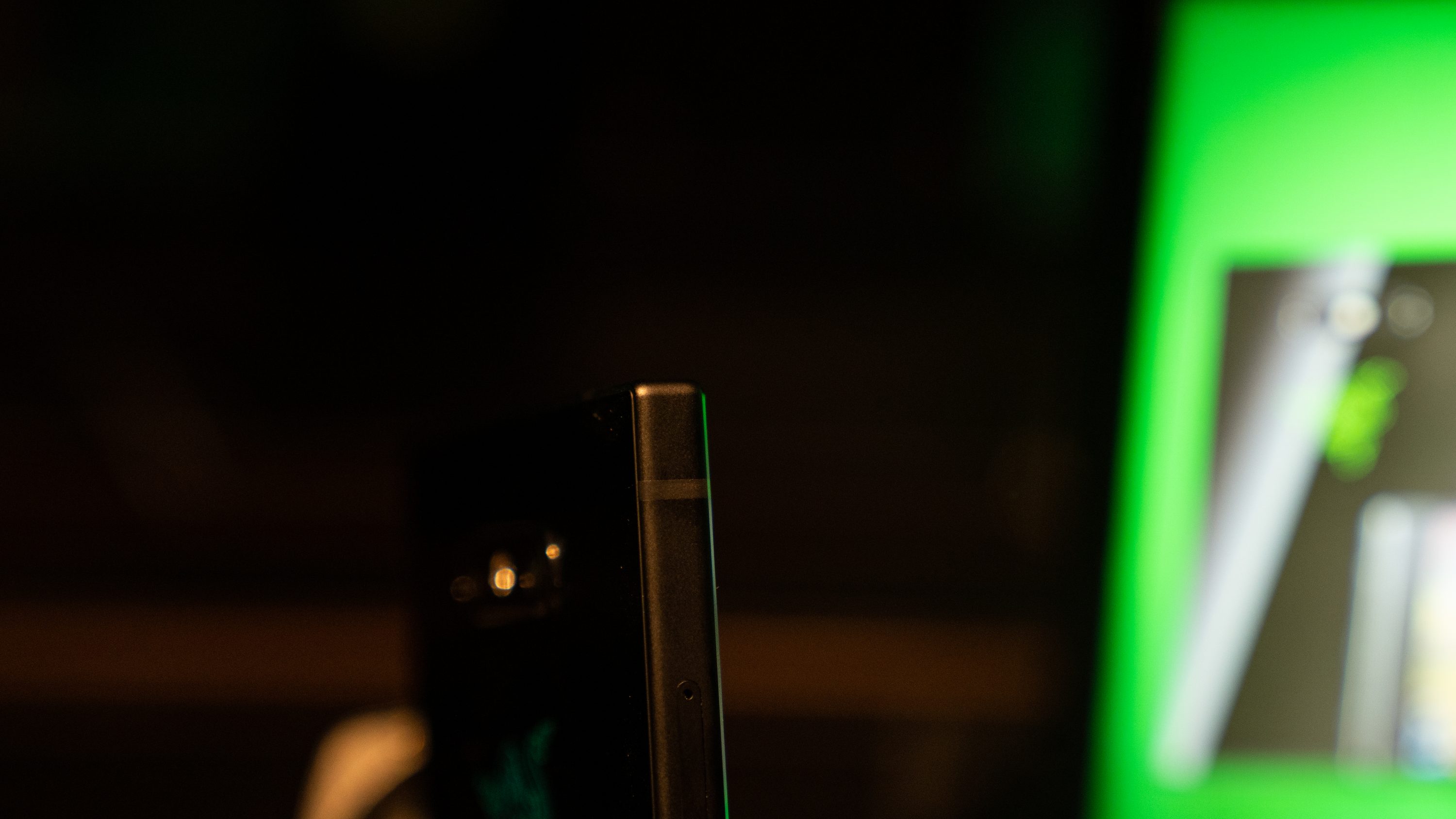
I mean, I can live with the thicker than usual bezels and that huge forehead and chin — because they serve a purpose — but must they have made it so uncomfortable told hold in the hand? It’s got a flat back, sharp edges, and four pointy corners that absolutely dig into your palms. Honestly, the only silver lining here is that this phone is more comfortable when you hold it in landscape — which I suppose isn’t too bad since it is for gaming after all. Just be warned if you’re someone with small hands.
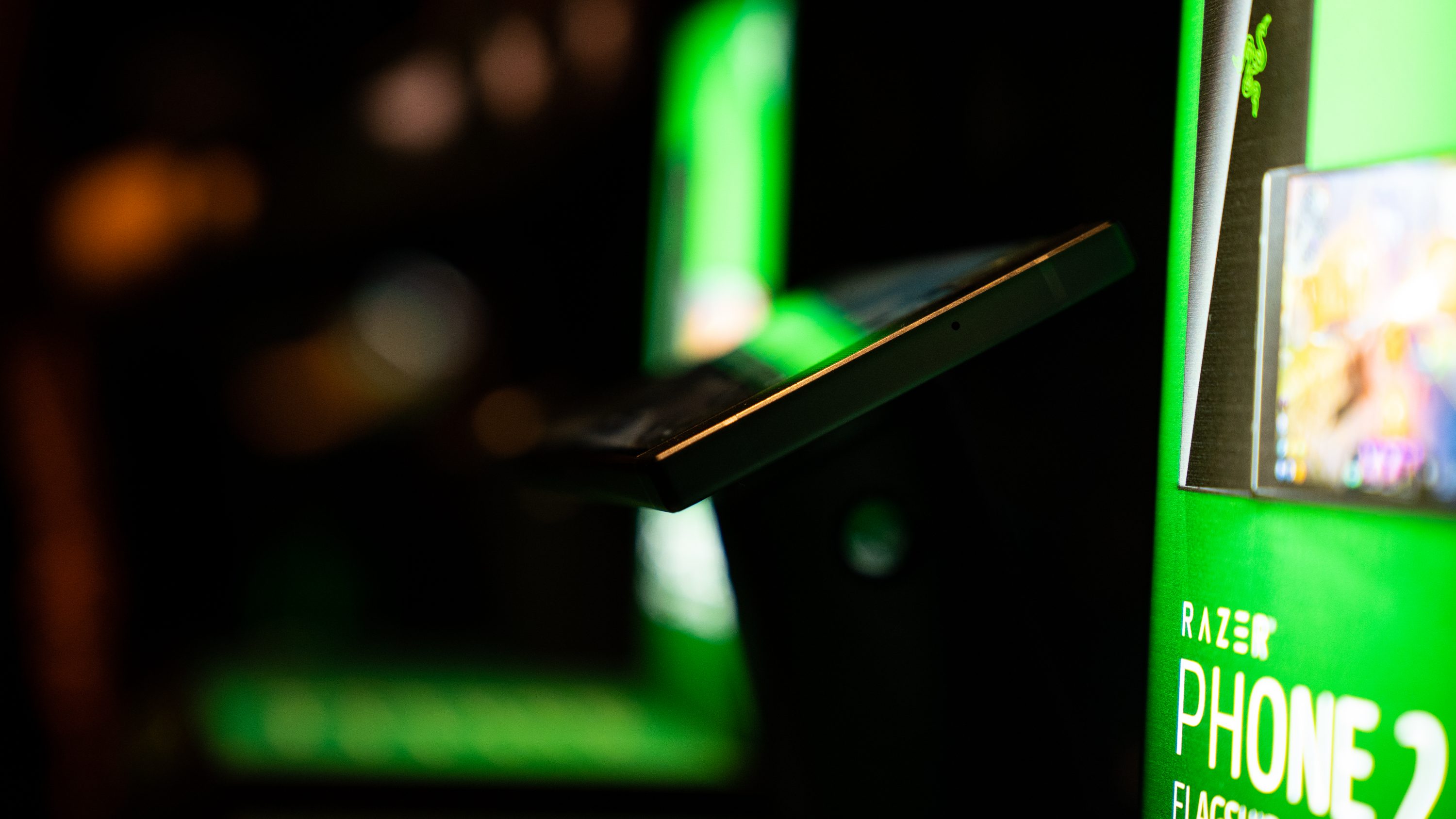
Speaking of the speakers, the Razer Phone 2’s front-facing pair is no joke. They even sounded great even in the noisy event hall, which is mighty impressive. But, perhaps the best thing about these speakers is that they’re a breath of fresh air. Most modern smartphones trade excellent speakers for slimmer bezels and that’s something I despise. Sure, there are some devices, like the iPhone XS and Google Pixel that have solid speakers, but the trade-off is you have to be OK with big notches.
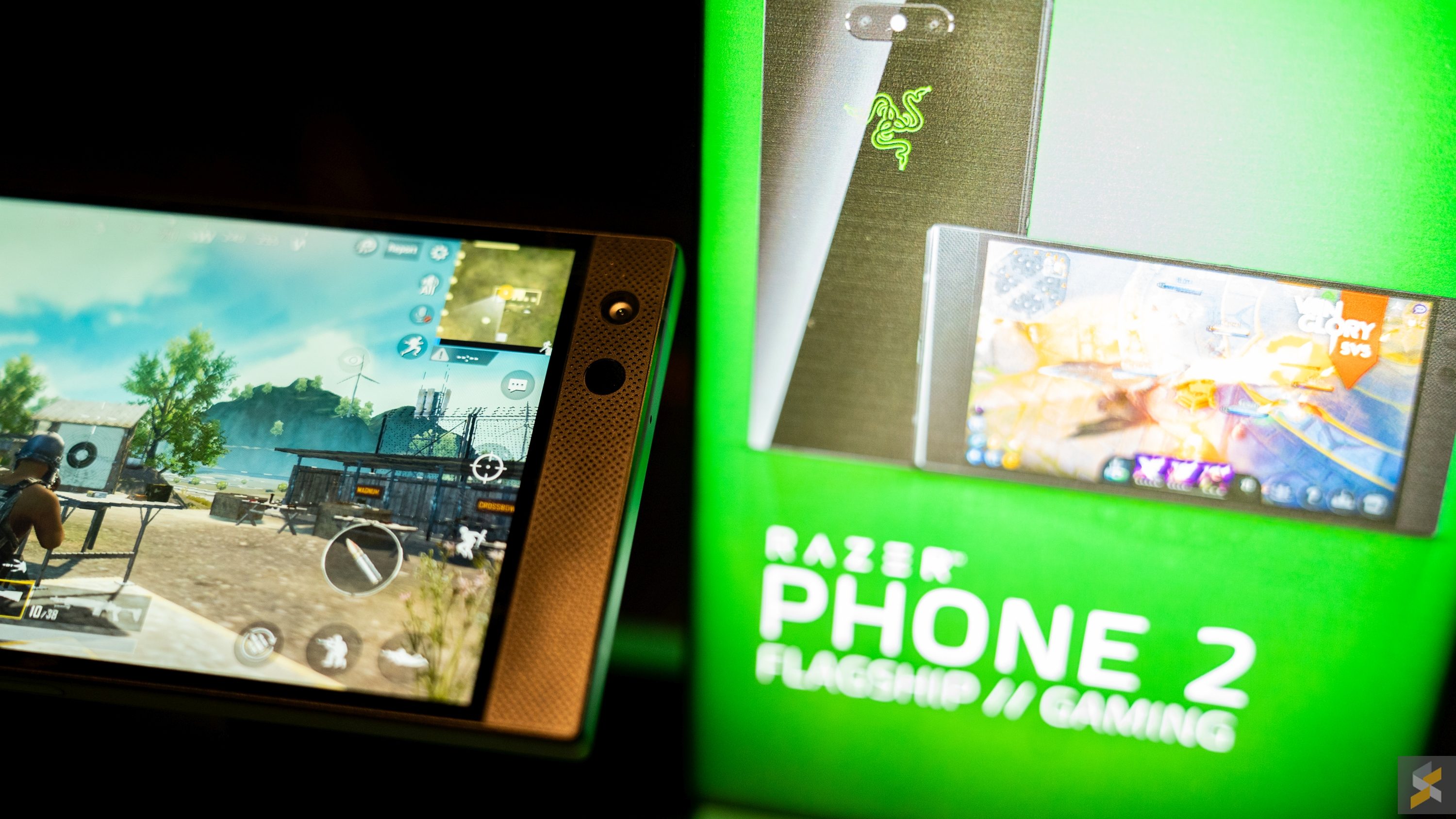
That being said, I wonder if Razer went with the 16:9 aspect ratio display because they wanted these awesome speakers, or if there was another reason in play. I mean, ASUS’ ROG Phone also has a pair of really awesome speakers, yet they were able to shave the bezels down quite a bit, and include a modern 18:9 aspect ratio.
Nevertheless, I’m actually glad Razer took this old school approach to smartphone design because now consumers have a choice. If they want really slim bezels, they can opt for something like the Mi MIX 3, but if they want awesome speakers and don’t mind having a forehead and chin, there’s now the Razer Phone too.
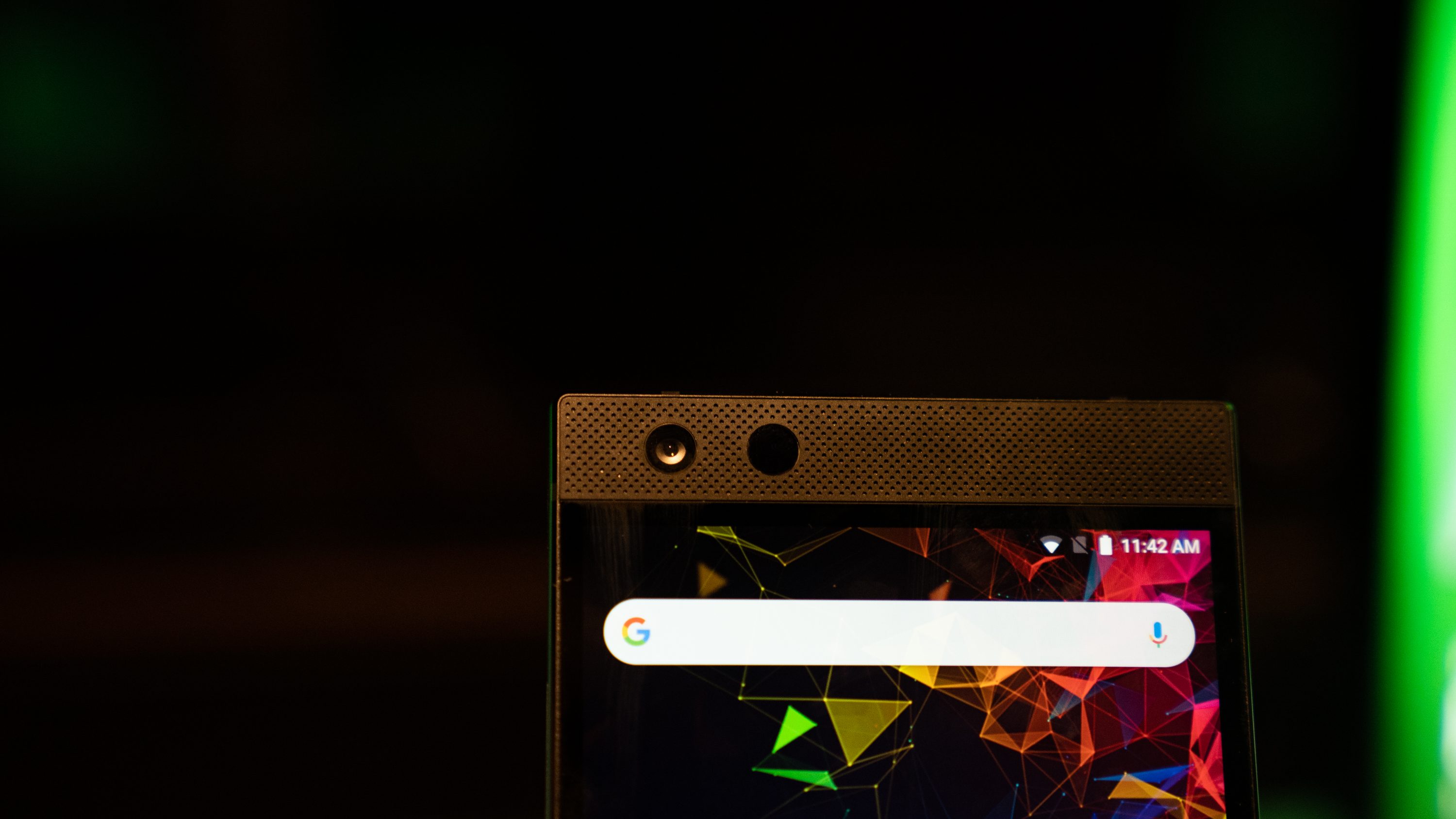
And honestly, that’s the bulk of what I really enjoyed with the Razer Phone 2. There are other nice touches like the RGB Razer logo at the back which also doubles as your notification light, IP67 water resistance, wireless charging, and the relatively stock Android skin. The light skin is truly a something I appreciate because on a device like the ROG Phone, you’re getting a skinned version of ZenUI which is already a skinned version of Android. Skins are really not my thing, so I’m really glad Razer was able to inject some of their DNA without completely changing how the OS behaves.
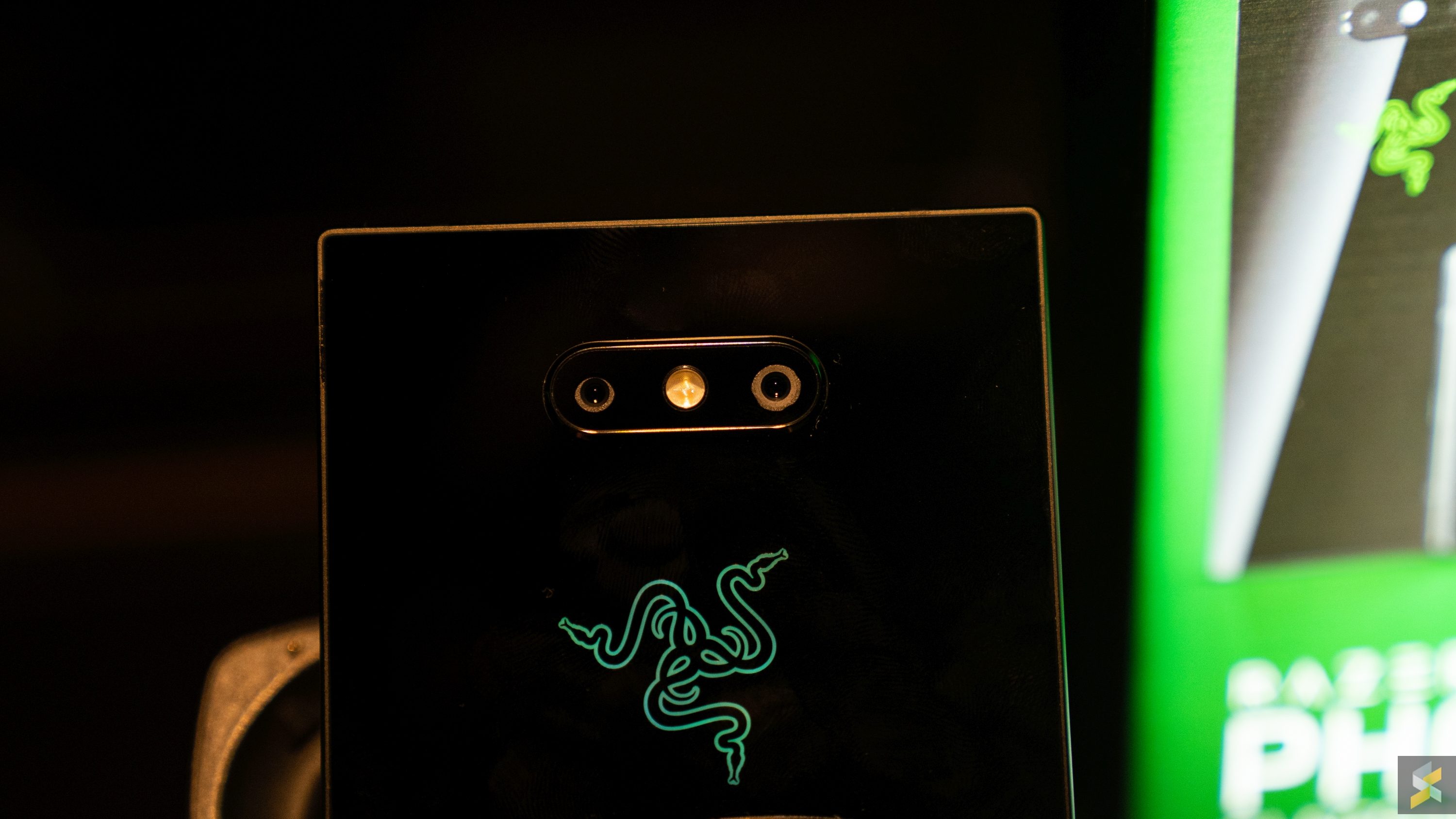
But, while the Razer Phone 2 has a lot going for it, the handset is also rife with issues. For starters, the camera experience is nowhere near the kind of flagship level you get from something like a Note9 or an iPhone XS. A caveat here is that I’ve only had a short amount of time with it in a really poorly lit room, but I don’t think it will realistically be able to compete even in a proper shootout. The silver lining is that people tell me it’s better than the first Razer Phone, but that was never a high bar to clear. Then, we’ve got the body.
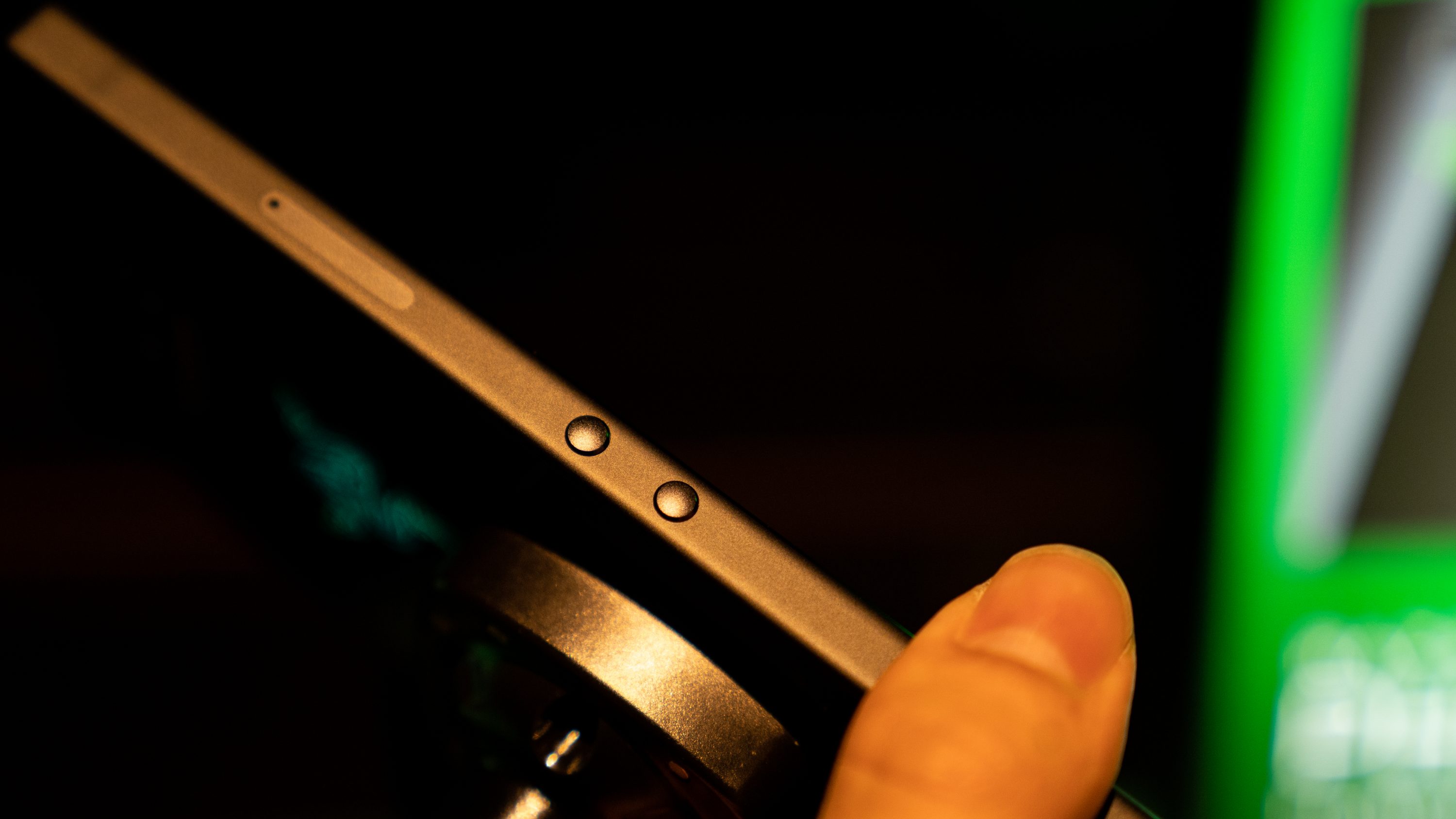
For a handset that seems to be banking on an industrial design aesthetic, the build left a lot to be desired. It felt flimsy, lacked heft and didn’t come with the kind of machined finesse we’ve come to expect from modern flagships. I can feel the gaps between where the body panels meet the frames and that’s not pleasing at all. Then, there are the buttons which are mushy and unsatisfying, and then there’s the biggest crime of all: The side mounted fingerprint scanner plus power button combo.
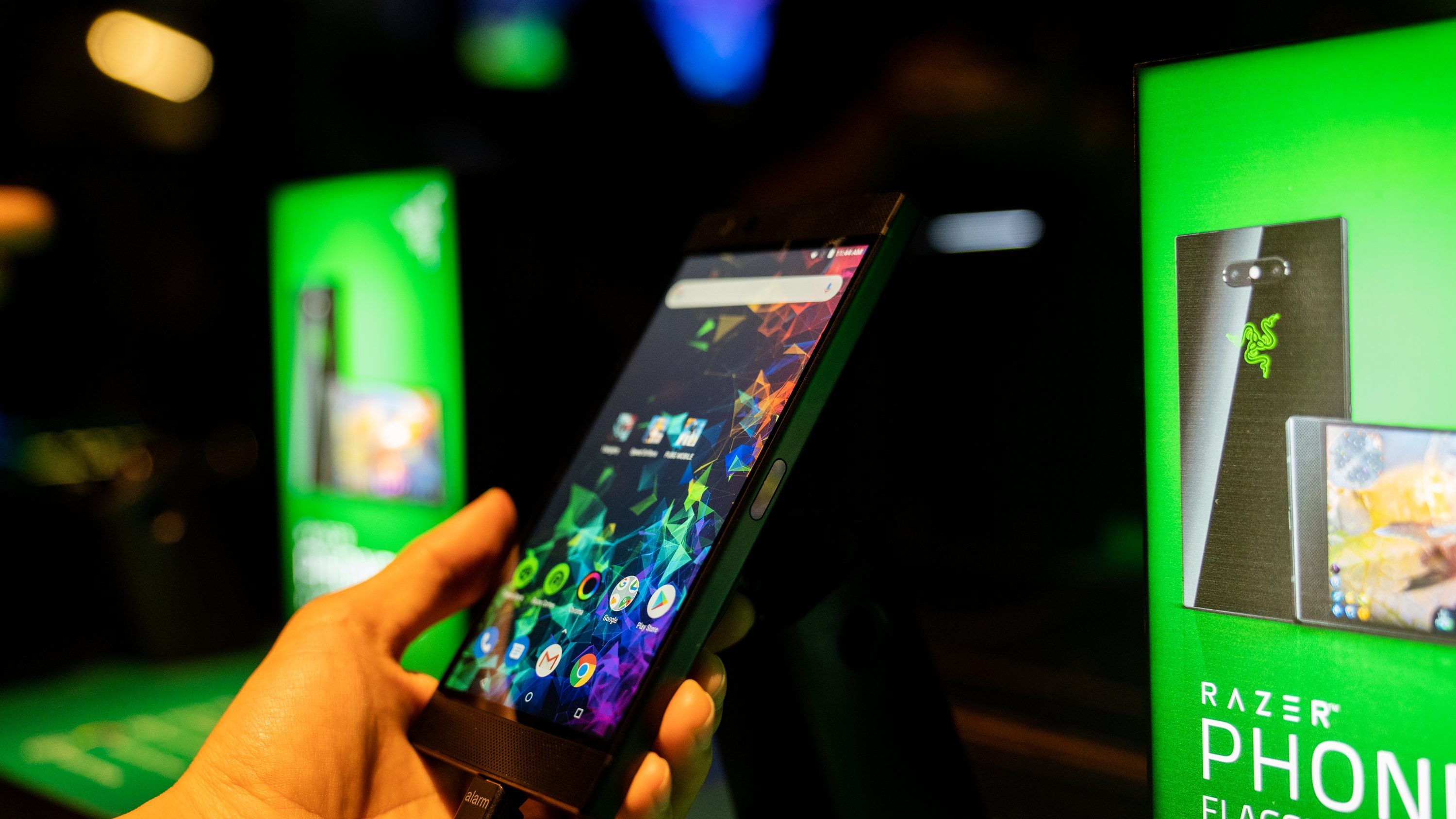
I did the whole Sony smartphone thing and I’m so done with side-mounted fingerprint scanner. It only works comfortably with your right thumb and sacrifices a raised power button (which is helpful when you’re trying to find it by touch) for a flat featureless slab. I don’t understand it. I don’t understand how anyone could prefer this over a rear or front-mounted one, so if you’re someone who does, please enlighten me. But from where I’m standing, it’s an atrocity that needs to be put down.
Finally, we’ve got the fact that this smartphone doesn’t have a 3.5mm headphone jack. I know, I shouldn’t be this unhappy about it since most flagship smartphones don’t have this already, but the Razer Phone 2 is a gaming smartphone, right? That means people will game on it and gamers tend to use headphones so they can communicate with their teammates over something like Discord. So why doesn’t the Razer Phone 2 have one? Why must you be forced to choose between charging your phone and using a pair of headphones? It’s befuddling.
If the excuse was space, do you know what other smartphone has a 4,000 mAh battery AND a headphone jack? Yup, the ASUS ROG Phone.
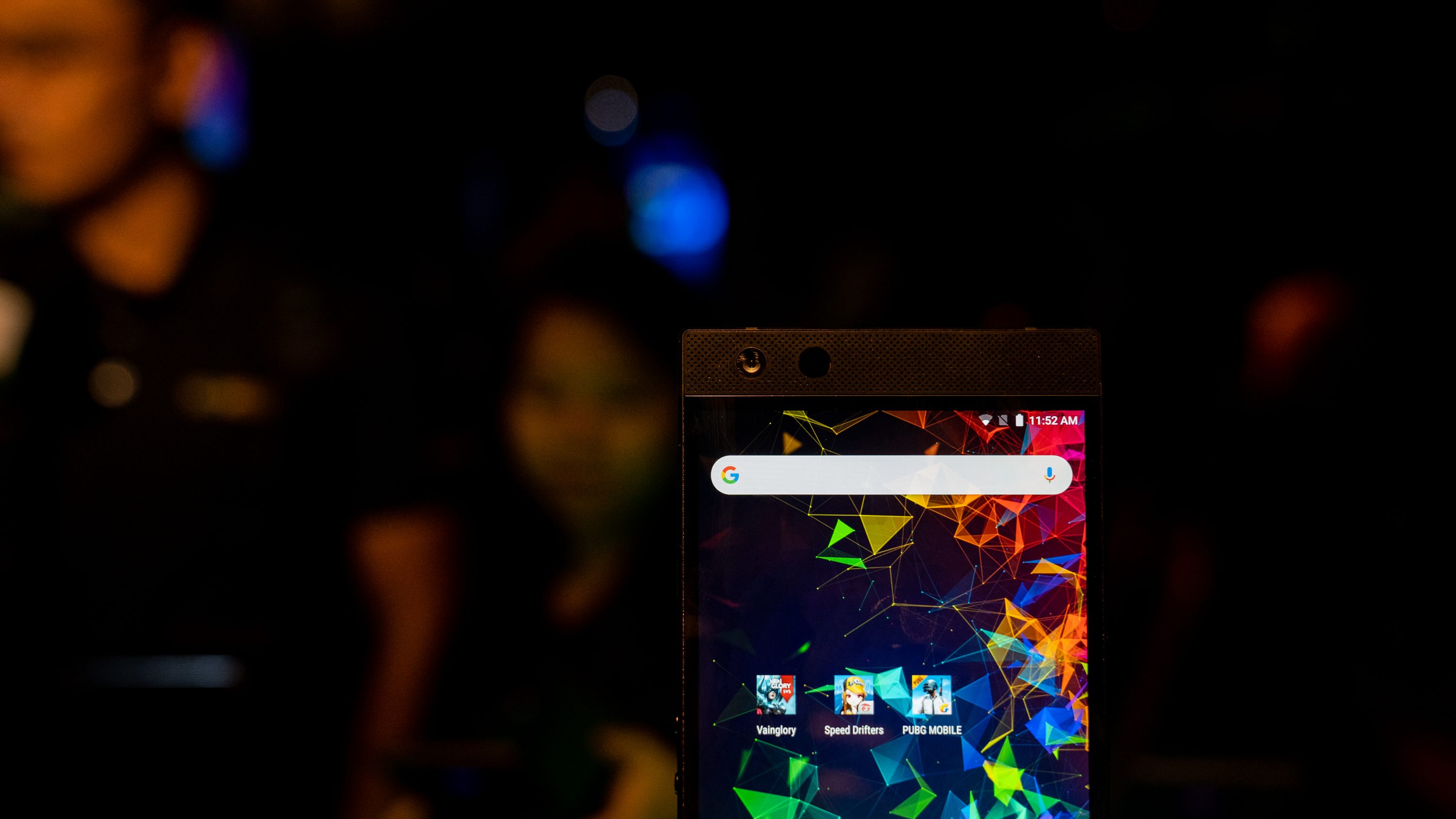
I guess this brings us neatly into my conclusion. The Razer Phone 2 is priced at RM3,449 and will be available for purchase from today onwards. That means, the Razer Phone 2 is RM50 less than the base-model ASUS ROG Phone which retails at RM3,499. But, for that RM50 more, you’re getting double the storage (128GB) and a neat cooling fan that also cools your fingers and directs your cables out the bottom of your phone in the landscape orientation.
I don’t know about you, but I find it really hard to justify buying the Razer Phone 2 over the ROG Phone besides its IP67 water resistance.
Plus, if you wanted a true gaming-centric device, the ROG Phone has way more gaming-focused features baked in like the side-mounted USB-C port so cables don’t get in your way, a headphone jack and a pair of touch sensitive AirTriggers. These AirTriggers function like shoulder buttons on a console controller that you can map so it touches anywhere on your screen. Anywhere.
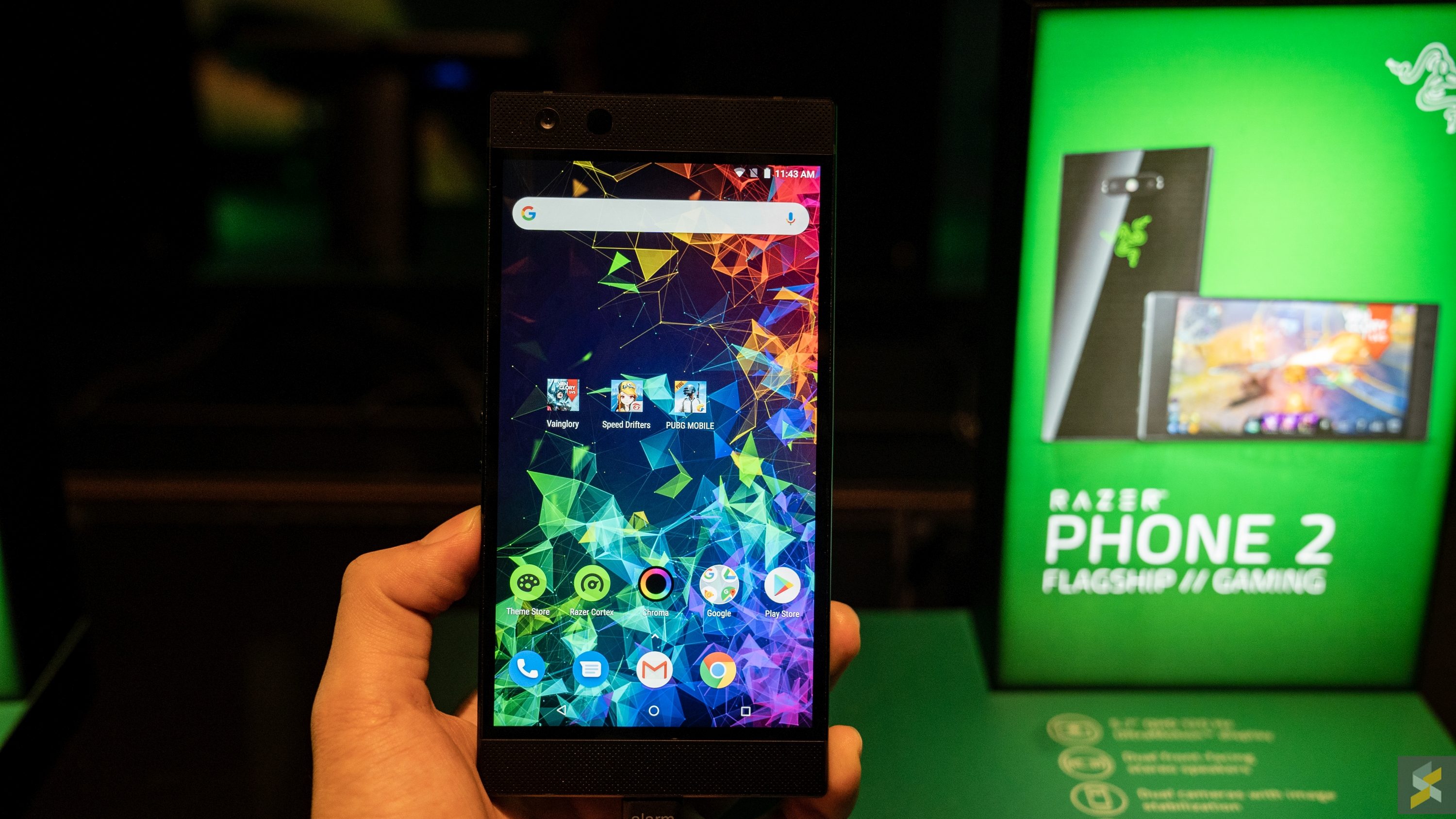
Then, you’ve got the ROG Phone’s suite of gaming accessories like the one that turns your phone into a 3DS, the one that wirelessly lets you cast to the TV, and a dedicated desktop dock. All things that you can purchase later to elevate your mobile gaming experience.
I’m not entirely convinced the Razer Phone 2 is the gaming smartphone for you if you live in Malaysia. At least, not right now. I will say that these are just my first impressions, so I will reserve a verdict until after I’ve had the chance to review both smartphones. In the meantime, let me know what you think in the comments below!
Photography by Zachary Yoong with the Sony A7 III.

